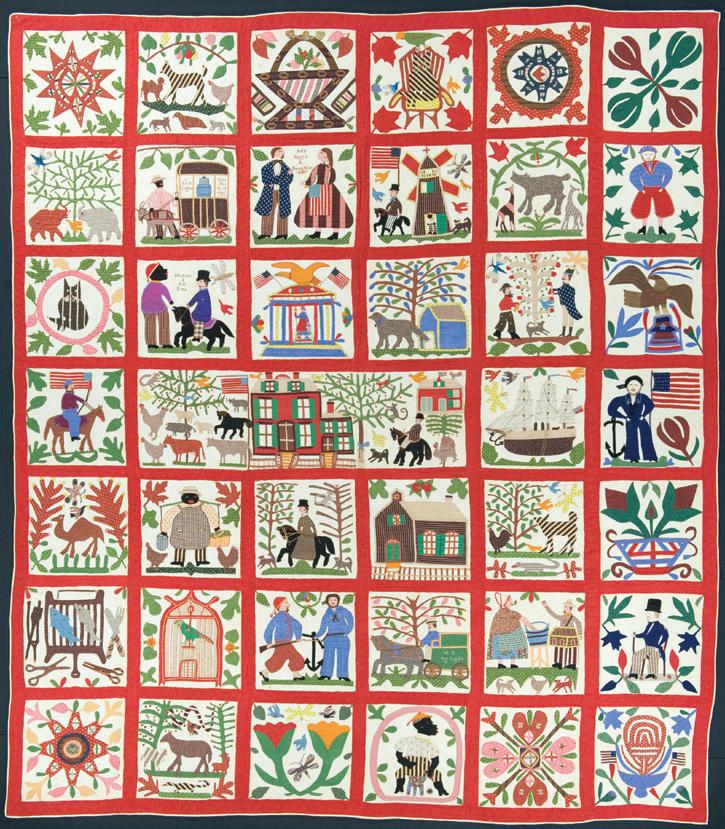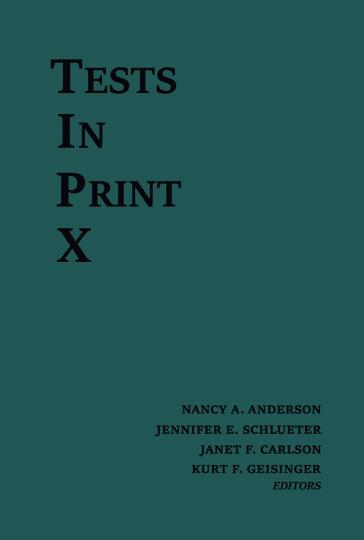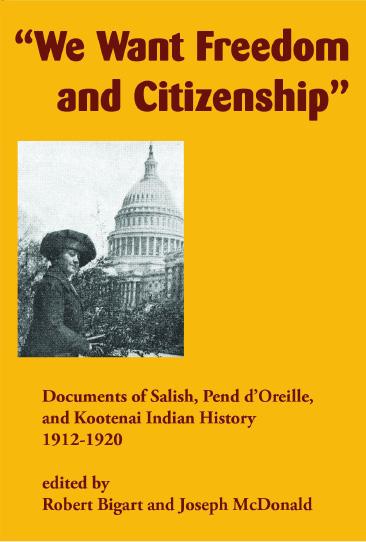
8 minute read
Distribution
Carolyn Ducey is the Ardis B. James Curator of Collections at the International Quilt Museum (IQM) at the University of Nebraska–Lincoln, and coeditor of American Quilts in the Industrial Age, 1760–1870. Marin F. Hanson is the IQM’s curator of international collections and coeditor of American Quilts in the Modern Age, 1870–1940. Penny McMorris is an author, television producer, independent curator, and partner in the Electric Quilt Company, a quilt software design rm.
APRIL 300 pp. • 9 x 11 • 1,160 color photographs $52.00T • hardcover • 978-1-7352784-3-8 $65.50 Canadian / £41.00 UK No ebook available
An Evolving Vision
e James Collection at 25
CAROLYN DUCEY, MARIN F. HANSON, AND PENNY MCMORRIS
In 2022 the International Quilt Museum (IQM) at the University of Nebraska–Lincoln celebrates a quarter century of studying, preserving, and exhibiting the Ardis and Robert James Collection. e Jameses’ donation of their unparalleled one-thousand-piece collection in 1997 established the IQM and formed the solid base from which the museum has steadily grown. Today, the museum’s collection includes more than six thousand quilts from ve di erent centuries and over fty countries, an expansion that has been encouraged by the James family, who continue to support the museum’s e orts to represent global quiltmaking. is companion publication to the exhibition An Evolving Vision: e James Collection at 25 highlights important pieces from various segments of the collection: Classics—stunning antique American quilts; From the Studio—early and innovative art pieces; and New Horizons—quilt traditions from around the world. is book also includes a comprehensive catalog of the James Collection, comprising the quilts from the original 1997 gift as well as important groups given to the IQM in 2006 and 2009. An Evolving Vision documents the signi cance of the James Collection and underscores the broad vision its collectors developed not only for themselves but for the museum they so vitally helped shape.
ALSO OF INTEREST
American Quilts in the Modern Age, 1870–1940
The International Quilt Study Center Collections Edited by Marin F. Hanson and Patricia Cox Crews $90.00 • hardcover • 978-0-8032-2054-6
American Quilts in the Industrial Age, 1760–1870
The International Quilt Study Center and Museum Collections Edited by Patricia Cox Crews and Carolyn Ducey $90.00 • hardcover • 978-0-8032-9592-6
Tests in Print X
An Index to Tests, Test Reviews, and the Literature on Speci c Tests
EDITED BY NANCY A. ANDERSON, JENNIFER E. SCHLUETER, JANET F. CARLSON, AND KURT F. GEISINGER
Designed to complement the Mental Measurements Yearbooks, Tests in Print lls a pressing need for a comprehensive bibliography of commercially available English language tests. Although these volumes are useful in and of themselves, their maximum usefulness requires the availability and use of the Mental Measurements Yearbooks. Information on available tests and speci c test bibliographies are valuable, but the greatest service Tests in Print can perform is to encourage test users to choose tests more wisely by consulting Mental Measurements Yearbooks test reviews; test reviews from journals; and professional literature on the construction, use, and psychometric properties of tests under consideration.
Tests in Print X contains descriptive information on approximately 2,300 testing instruments. Detailed descriptions of each test include data on test purpose, target population, scores, administration time, publication date(s), author(s), and pricing. Indexes of test titles, publishers, acronyms, and subject classi cations are provided as well as notations on hundreds of out-of-print tests.
Tests in Print X provides speci c information about testing required by professionals in diverse areas such as education, psychology, counseling, management, career planning, child development, and research. It also serves as a comprehensive index to the Mental Measurements Yearbook series by directing readers to the appropriate volume for reviews of speci c tests. The Buros Center for Testing, located in the Department of Educational Psychology at the University of Nebraska–Lincoln, continues the work of improving the science and practice of testing that Oscar Krisen Buros (1906–1978) began in the 1930s.

MARCH 1060 pp. • 7 ¼ x 10 • 1 table, 8 indexes $325.00 • hardcover • 978-0-910674-69-0 $410.00 Canadian / £259.00 UK No ebook available
Customers who place a standing order for the Tests in Print series or the Mental Measurements Yearbook series will receive a 10% discount on every volume. To place your standing order, please call 1-800-848-6224 (in the U.S.) or 919966-7449 (outside the U.S.).
ALSO OF INTEREST
e Twenty-First Mental Measurements Yearbook
Buros Center for Testing Edited by Janet F. Carlson, Kurt F. Geisinger, and Jessica L. Jonson $210.00 • hardcover • 978-0-910674-68-3
WESTERN AMERICAN HISTORY / NATIVE AMERICAN HISTORY e Indians Were Prosperous
EDITED BY ROBERT BIGART AND JOSEPH MCDONALD
NOW AVAILABLE 362 pp. • 7 x 10 • 18 illustrations, 2 maps, index $29.95T • paperback • 978-1-934594-28-5 $38.00 Canadian / £22.99 UK No ebook available By the beginning of the nineteenth century the crescendo of economic change on the Flathead Reservation was reaching a climax. Income was not distributed equally on the reservation even though by 1905 the Indians were basically self-supporting and most of the poorer tribal members had enough to get by.
But the surrounding white community cast covetous eyes on tribal assets—especially the land. In 1903, Congressman Joseph Dixon led an assault on the tribes to force the sale of reservation land to white homesteaders at far below its real value. Tribal leaders realized they were being robbed and protested vigorously—to no avail. With the loss of their assets in land, the tribes’ future income declined, leaving them poorer than white rural Montanans. As part of the allotment policy, tribal members wrestled with a formal enrollment to determine who had rights on the reservation. White businessmen also moved to claim possession of the dam site at the foot of Flathead Lake. While the tribes were ghting against the coerced allotment, they fought the State of Montana over taxes and hunting rights. In the background alcohol and crime impacted some tribal members.
Robert Bigart is librarian emeritus at the Salish Kootenai College in Pablo, Montana. Joseph McDonald is president emeritus at the Salish Kootenai College.
WESTERN AMERICAN HISTORY / NATIVE AMERICAN HISTORY “Us Indians Don’t Want Our Reservation Opened”
EDITED BY ROBERT BIGART AND JOSEPH MCDONALD
e written records of Salish, Pend d’Oreille, and Kootenai Indian history between 1907 and 1911 are dominated by continued complaints against allotting and opening the reservation. A long string of letters and a series of delegations to Washington, DC, left no doubt that the Indian leaders and tribal members opposed the opening. Tribal members recognized that the allotment policy was driven by white men’s greed and desire to get tribal assets at bargain prices. Most of the complaints that made it to the Indian O ce les are from, or were initiated by, Sam Resurrection.
To make matters even worse, in 1908 Senator Joseph Dixon secured funding for the Flathead Irrigation Project. e project would destroy most of the private irrigation ditches the Indian farmers had dug over the years and make the tribes pay for the construction of the irrigation project, which mainly bene ted white homesteaders. e tribes fervently protested against this use of their assets— the land—to reward Dixon’s political backers. e allotment and opening of the Flathead Reservation devastated the new tribal economy based on livestock and agriculture.
Robert Bigart is librarian emeritus at the Salish Kootenai College in Pablo, Montana. Joseph McDonald is president emeritus at the Salish Kootenai College.
NOW AVAILABLE 360 pp. • 7 x 10 • 39 illustrations, 2 maps, index $29.95T • paperback • 978-1-934594-29-2 $38.00 Canadian / £22.99 UK No ebook available
“We Want Freedom and Citizenship”
EDITED BY ROBERT BIGART AND JOSEPH MCDONALD
e nine years between 1912 and 1920 were a period of economic and political struggle for the Salish and Kootenai tribes of the Flathead Indian Reservation in western Montana. e Indian people toiled to maintain their economic independence despite the theft of most of their land assets. e new Flathead Irrigation Project destroyed most of the private irrigation ditches tribal farmers had dug over the years. Some tribal members opened businesses and organized rodeos, but many ventures were frustrated by government policies, re, and drought.
While trying to adapt to the economic impact of allotment, the tribe also fought against paternalistic and exploitive government policies. Until 1916 half of tribal income from timber and land sales was used to operate the agency and construct an irrigation project that largely bene ted white settlers. During most of the 1912 to 1920 period, Flathead Agent Fred C. Morgan and his allies on the Flathead Business Committee fought the more radical Flathead Tribal Council over agency policies. e Flathead Tribal Council especially fought against congressional appropriations to construct the irrigation project as long as the construction was to be paid for with tribal funds or with liens on tribal allotments. Robert Bigart is librarian emeritus at the Salish Kootenai College in Pablo, Montana. Joseph McDonald is president emeritus at the Salish Kootenai College.

NOW AVAILABLE 422 pp. • 7 x 10 • 27 illus., 2 maps, and index $34.95T • paperback • 978-1-934594-30-8 $44.00 Canadian / £26.99 UK No ebook available
ALSO OF INTEREST
“Sometimes My People Get Mad When the Blackfeet Kill Us”
A Documentary History of the Salish and Pend d'Oreille Indians, 1845–1874 Edited by Robert Bigart and Joseph McDonald $26.95 • paperback • 978-1-934594-25-4
“You Seem to Like Your Money, and We Like Our Country”
A Documentary History of the Salish, Pend d'Oreille, and Kootenai Indians, 1875–1889 Edited by Robert Bigart and Joseph McDonald $29.95 • paperback • 978-1-934594-26-1
To Keep the Land for My Children’s Children
Documents of Salish, Pend d'Oreille, and Kootenai Indian History, 1890–1899 Edited by Robert Bigart and Joseph McDonald $29.95 • paperback • 978-1-934594-27-8







